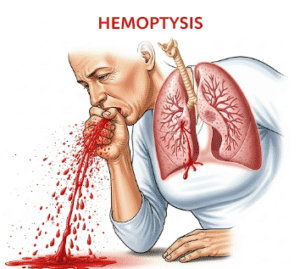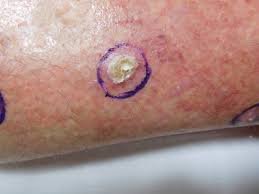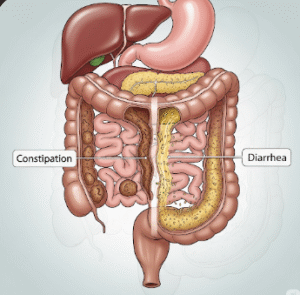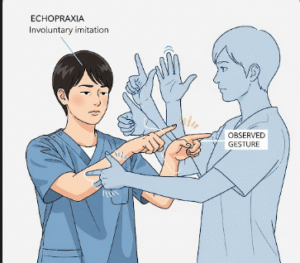Overview
A hamartoma is a benign, tumor-like growth composed of an abnormal mixture of cells and tissues normally found in the area of the body where it develops. While generally non-cancerous, hamartomas can sometimes cause symptoms depending on their size and location.
In Korea, hamartomas are diagnosed in various organs, including the lungs, liver, brain, and skin. Korean hospitals provide advanced imaging, minimally invasive surgical options, and careful monitoring to manage these growths effectively.
What is Hamartoma?
A hamartoma is a non-cancerous mass resulting from the abnormal arrangement of normal tissue components. Although it usually grows slowly and rarely spreads, it may interfere with organ function or cause cosmetic concerns. Hamartomas can occur in both children and adults.
Symptoms
- Often asymptomatic and discovered incidentally
- Cough or shortness of breath (lung hamartoma)
- Abdominal discomfort or pain (liver or kidney hamartoma)
- Headaches or neurological symptoms (brain hamartoma)
- Skin lesions or nodules
- Obstruction of organ function if large
Causes
- Congenital malformations or developmental anomalies
- Genetic mutations or syndromes (e.g., Cowden syndrome)
- Abnormal tissue growth during organ development
Risk Factors
- Genetic syndromes associated with hamartomas
- Family history of hamartomatous growths
- Certain congenital conditions
- Age: some types are more common in adults, others in children
Complications
- Organ compression or obstruction
- Respiratory issues in pulmonary hamartomas
- Neurological problems if located in the brain
- Cosmetic concerns from visible growths
- Rarely, transformation into malignancy (extremely uncommon)
Prevention
- No specific prevention; early detection is key
- Regular medical check-ups and imaging for high-risk individuals
- Genetic counseling in families with syndromes associated with hamartomas
Treatment Options in Korea
Diagnosis
- Imaging studies: CT scan, MRI, ultrasound depending on location
- Biopsy: to confirm benign nature and rule out malignancy
- Genetic testing in cases associated with syndromes
- Routine monitoring for small, asymptomatic hamartomas
Medical Treatments
- Observation for small, asymptomatic hamartomas
- Symptomatic management such as pain relief or respiratory support
Surgical or Advanced Therapies
- Surgical excision if the hamartoma causes symptoms or organ dysfunction
- Minimally invasive surgery (laparoscopic, thoracoscopic, or endoscopic approaches)
- Post-operative monitoring to prevent recurrence
- Advanced Korean hospitals may offer robot-assisted surgery for precision
Rehabilitation and Support
- Follow-up imaging to monitor recurrence or growth
- Support for functional or cosmetic concerns
- Genetic counseling and testing for syndromic cases
- Patient education regarding signs that require medical attention













